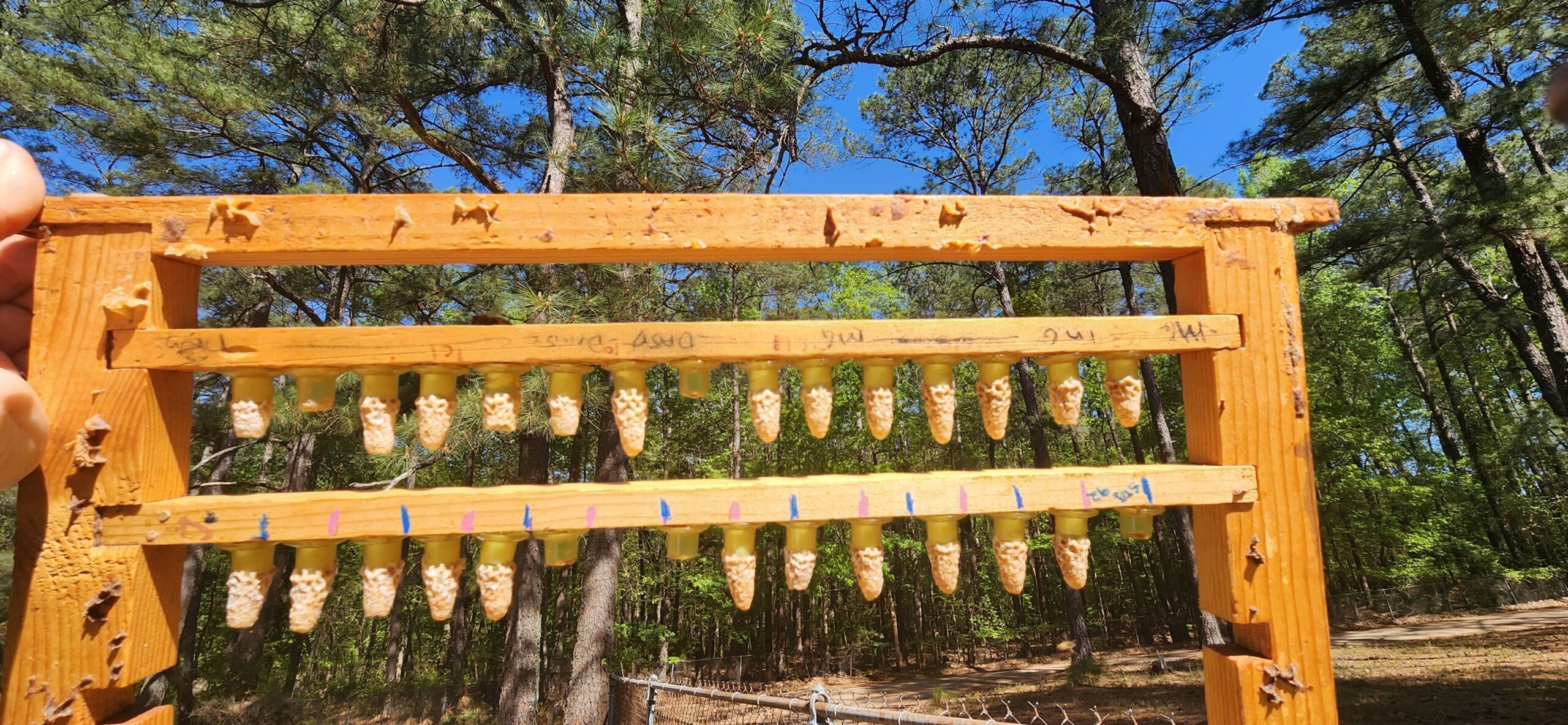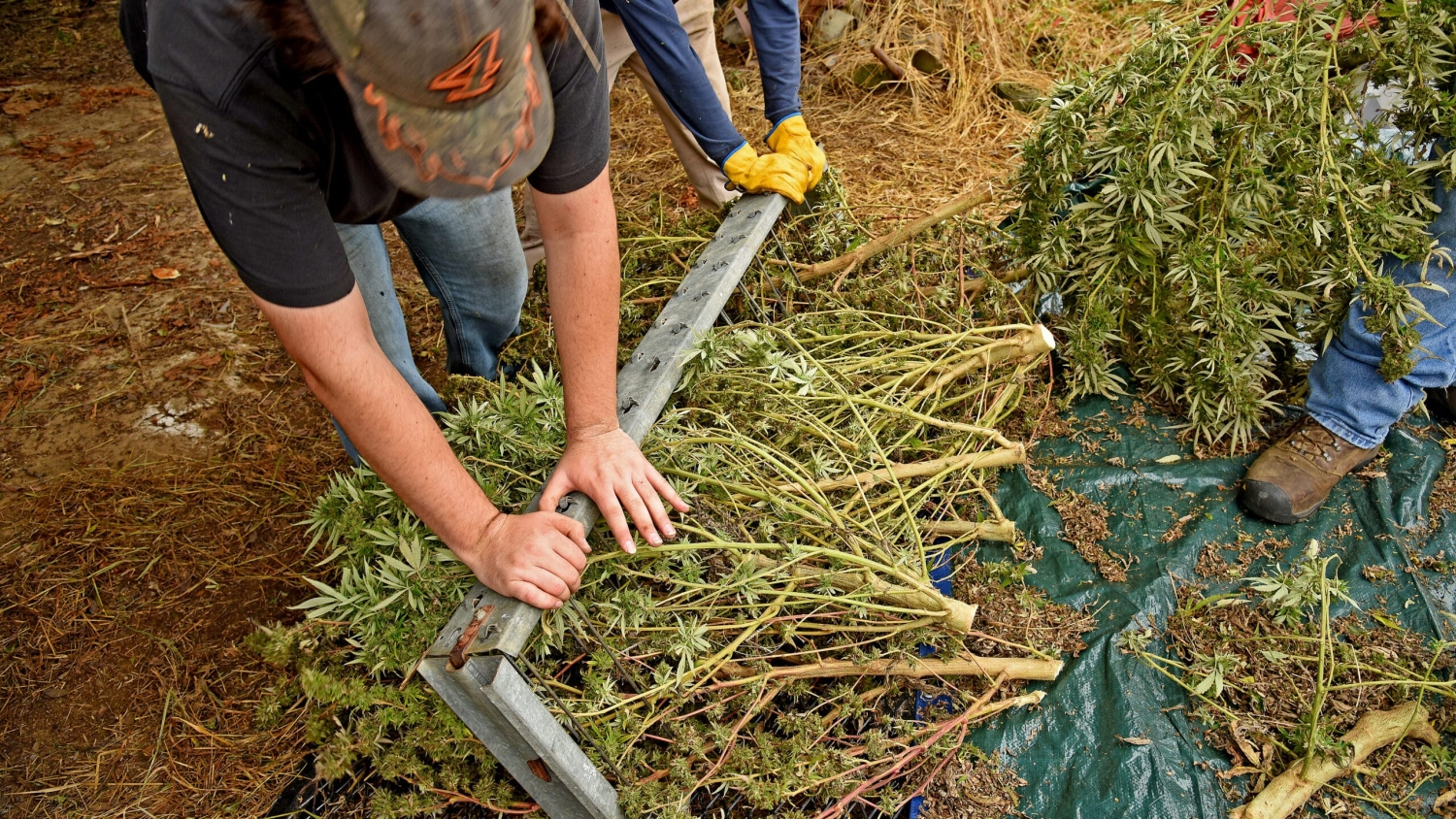Landing the Best Fish Consumption Advisory Signs for Sport and Subsistence Anglers
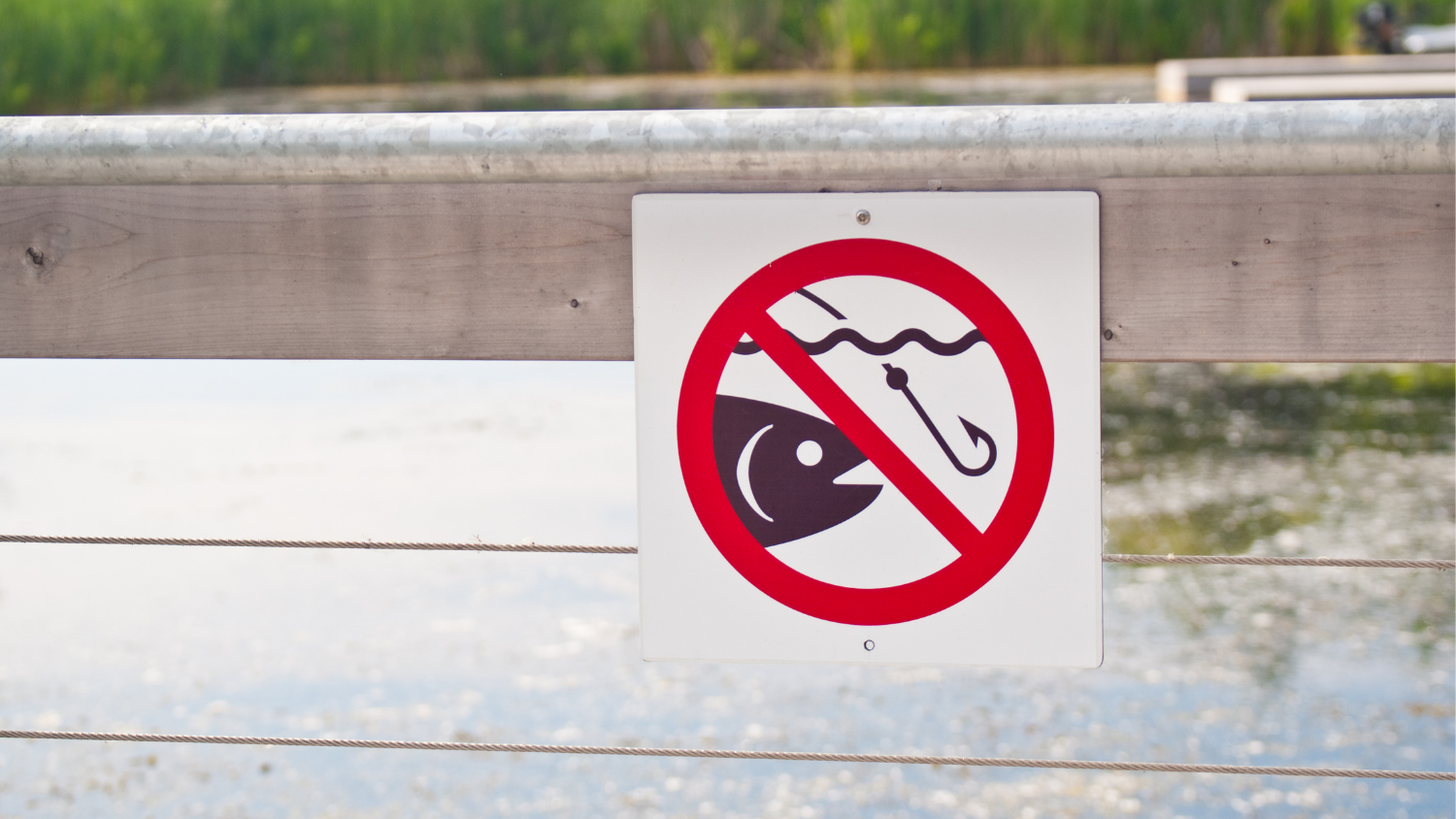
New research finds that simpler is better when it comes to letting people know which fish are contaminated with harmful pollutants and unsafe to eat.
Where and how to communicate fish consumption advisories is complicated. Advisories can be specific to species, bodies of water, and populations. Bodies of water can traverse county, state, and national boundaries, species can be known by different names, and pollutants don’t always impact every person equally. For example, mercury exposure poses more health concerns for pregnant women than it does for older men. Plus, fresh fish are an important part of healthy diets–and physicians, nutritionists, and fishery resource managers alike do not want to discourage people from eating fish altogether.
This has left educators, health professionals, and anglers in a lurch. How do you fit all of these nuances onto one clear and understandable sign? The answer is: you don’t.
A new collaborative study from faculty at NC State’s Department of Applied Ecology and the UNC-Chapel Hill’s Institute for the Environment shows that anglers prefer less information, rather than more, when it comes to advisory signs. Focus groups from 38 English- and Spanish-speaking subsistence and sport anglers discussed two prototype fish consumption advisory signs in order for the researchers to gain perspective on what worked and what didn’t.
“Eating fish has not only nutritional but also cultural significance, and access to safe fish is particularly important for subsistence anglers who rely on the fish they catch to feed themselves and their families,” says Catherine LePrevost, a coauthor and Associate Teaching Professor and Agromedicine Extension Specialist at NC State’s Department of Applied Ecology. “It was important to us to ensure that we heard diverse perspectives about how best to communicate advisory information.”
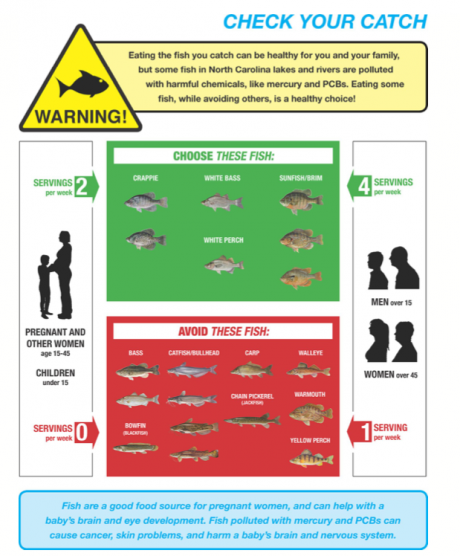
The first prototype sign included information on serving sizes, impacts on specific populations, and recommended consumption information. Unfortunately, these aspects were all identified by the surveyed anglers as confusing and led to a higher likelihood that anglers would disregard the sign.
Exactly how much fish makes up a serving size was difficult for anglers to understand, and several anglers found it strange to have both warnings and encouragement about eating fish on the same sign. Anglers also found the 15 year old age cutoff for defining children nonsensical because most anglers identified children as any individual younger than 18 years old.
Accurate visuals were identified as a key component to clear messaging, and anglers preferred realistic depictions of fish species and the sensitive human populations impacted by the advisory. For example, having a picture of a pregnant woman was identified as being more attention-grabbing than a silhouette, and usage of the color red for warnings was quickly understood.
“Designing effective education and communication tools are very important in human health messaging, and it is especially challenging when you have multifaceted scientific concepts such as pollution, sensitive populations, and fishing and eating habits to bring together into one sign,” says Greg Cope, William Neal Reynolds Distinguished Professor in NC State’s Department of Applied Ecology, coordinator of the NC State Agromedicine Institute, and coauthor of the study. “But with the insights from the anglers–the end users of the message–they have helped us to design a sign that is much more effective, and we are extremely grateful for their time and participation in this effort.”
Anglers also recommended that this information should be extended past signs, and that the sign should reinforce more detailed information in other places. Several anglers suggested that this information should be given out where they buy their fishing licenses. North Carolina grants roughly 480,000 licenses annually and an additional 70,200 subsistence fishing waivers for those who also qualify for other aid (like Medicaid or SNAP).
The team has now designed a third prototype, incorporating the recommendations of the anglers into a more succinct sign, targeting the most vulnerable populations–women and children. The sign also directs anglers to a website, go.ncsu.edu/SafeFish, for detailed information about advisories and pollutants.
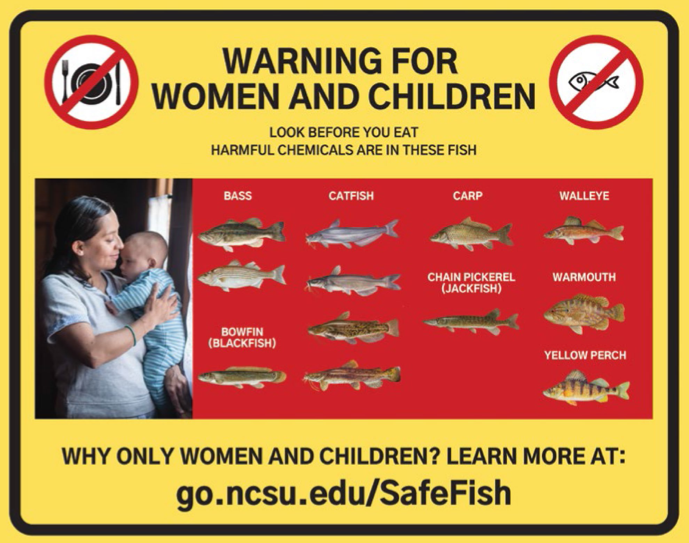
“We are grateful for the insights shared with us by anglers across the state, and we hope that the signs that were developed with their input will increase understanding of local advisories, enabling people to make more informed decisions about eating locally-caught fish,” says Kathleen Gray, the study’s primary author, a graduate of NC State University’s Science Education Program, and Director of the Center for Public Engagement with Science and Research Associate Professor in the UNC Institute for the Environment.
The article, “Anglers’ Views on Using Signs to Communicate Fish Consumption Advisories” was published online in Fisheries Magazine on May 21, 2020. The article was authored by Kathleen Gray from the University of North Carolina-Chapel Hill Institute for the Environment, and Catherine LePrevost and Greg Cope from NC State’s Department of Applied Ecology. The work was funded by NC State’s Center for Human Health and Environment (P30-ES025128), UNC’s Center for Environmental Health and Susceptibility (P30-ES010126), and UNC’s Superfund Research Program (P42-ES005948).

